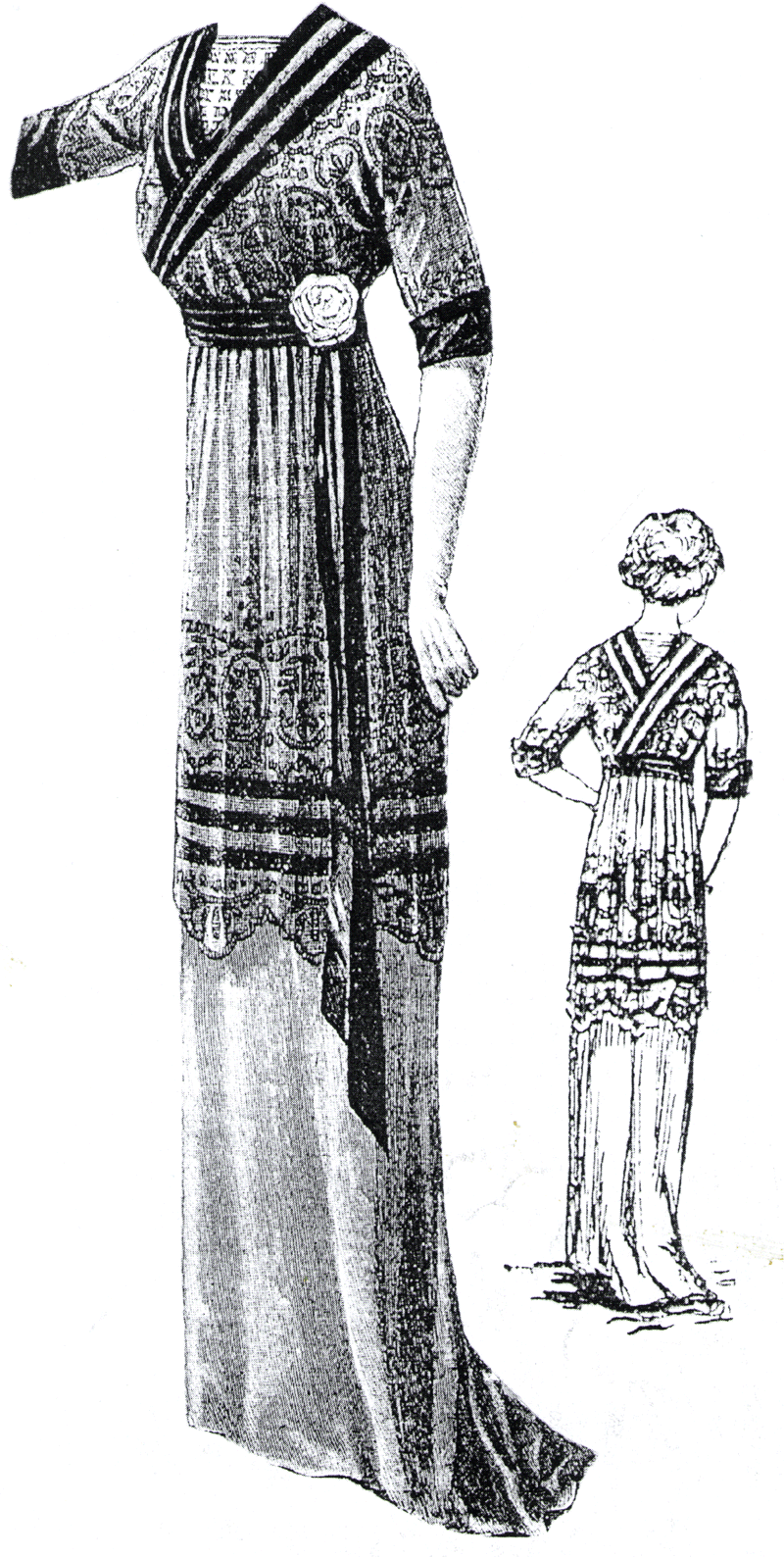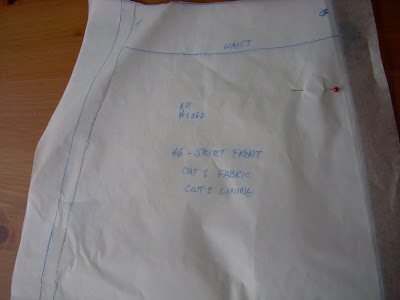Last night I decided it was time to start sewing the muslin. I had just gotten Coco Before Chanel in the mail from Netflix and decided that it was just the inspiration I needed to get started. Man, oh man, what a gorgeous movie for costumes from this era. Almost all of the movie focuses on the 1910's. Also a beautiful story and excellent acting. I recommend it.
So in my last post, I said that I was a little concerned about the directions that come with the pattern. They are translations from the original French, but it also seems that some new lining pieces have been drafted to the original pattern numbers referenced in the instructions no longer apply, so I've been winging it.
I made up the lining pieces first because those need to be fit before anything else can be fit over them. Fine.
There are three bodice lining pieces: a front with two deep darts, a side back, and a back. All pretty straight forward. I pieced them together, but they do not even come close to meeting in the center front. I was expecting this at the waist, but I am a very close match at the bust.
oddly enough, the back pieces are an almost perfect fit.
I fretted for awhile. Then I read the directions again and found this:
"THE BODICE IS LINED WITH FIGURES 1-3 AND ONE APPLIES TO THE FRONT LINING PIECE IN EMBROIDERED SILK AND ONE SEWS THE SLEEVE SEAMS"
oooookay...
Then it occurs to me that the bodice front piece (#12) is cut straight (presumably to accomodate the edge design on the original edged tulle. Anyway, I think, I wonder if the lining opening is meant to match up with straight bodice piece.
Oh... so that's not going to work:
Then I start to wonder if I need to lining bodice at all. I mean, by the time one adds the lapels and the front and back "plastrons" (the triangles in the front and back), the bodice should be pretty well covered.
If those 4 pieces were lined with the golden georgette and the lining fabric, there shouldn't be any real concern in terms of coverage. Here's the lapel piece pinned on top of the bodice.
A final concern
So my last concern is that there is no clear indication about how to handle openings for this garment. There is a slit in the skirt at the back waist, but there is nothing in the pattern instructions about how to attach the cross-over bodice pieces to the skirt to accomodate the opening.
I think that the closure is going to have to be handled with snaps or buttons at the back waist. Remember that the whole high waist area is going to be covered with some kind of belt. That belt can be used to cover a multitude of sins, but may also require some engineering.
The new plan
My new plan it to make this without the bodice lining pieces. The more I think about it, the most I think that they were added later. It may well happen that I soon find out why they were added, but for now, I'm going to see how things go without them.
Here is how I think the original pattern pieces were labeled:
Current piece Original Piece
12 (bodice) 1
9 & 10 (plastrons) 2 & 3
7 (skirt back) 4
6 (skirt front) 5
11 (lapel) 6
13 (cuffs) 7
8 (over skirt) 8
The additional pieces ( 3 lining bodice pieces, 2 lining sleeve pieces, 1 bodice under sleeve) seem to have been added later.
Let's see how far I can get with just the original pieces.





















